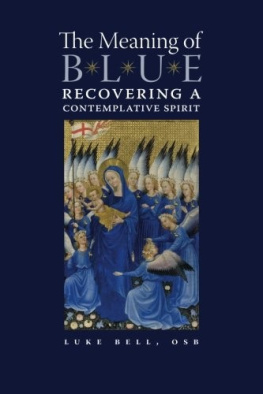Hugh Thomas - Spirit of the Blue
Here you can read online Hugh Thomas - Spirit of the Blue full text of the book (entire story) in english for free. Download pdf and epub, get meaning, cover and reviews about this ebook. year: 2004, publisher: The History Press, genre: Detective and thriller. Description of the work, (preface) as well as reviews are available. Best literature library LitArk.com created for fans of good reading and offers a wide selection of genres:
Romance novel
Science fiction
Adventure
Detective
Science
History
Home and family
Prose
Art
Politics
Computer
Non-fiction
Religion
Business
Children
Humor
Choose a favorite category and find really read worthwhile books. Enjoy immersion in the world of imagination, feel the emotions of the characters or learn something new for yourself, make an fascinating discovery.
- Book:Spirit of the Blue
- Author:
- Publisher:The History Press
- Genre:
- Year:2004
- Rating:4 / 5
- Favourites:Add to favourites
- Your mark:
- 80
- 1
- 2
- 3
- 4
- 5
Spirit of the Blue: summary, description and annotation
We offer to read an annotation, description, summary or preface (depends on what the author of the book "Spirit of the Blue" wrote himself). If you haven't found the necessary information about the book — write in the comments, we will try to find it.
Spirit of the Blue — read online for free the complete book (whole text) full work
Below is the text of the book, divided by pages. System saving the place of the last page read, allows you to conveniently read the book "Spirit of the Blue" online for free, without having to search again every time where you left off. Put a bookmark, and you can go to the page where you finished reading at any time.
Font size:
Interval:
Bookmark:
THE BLUE

This book was first published in 2004 by
Sutton Publishing Limited
Reprinted in 2009 by
The History Press
The Mill, Brimscombe Port,
Stroud, Gloucestershire, GL5 2QG
www.thehistorypress.co.uk
This ebook edition first published in 2016
All rights reserved
Hugh Thomas, 2004
The right of Hugh Thomas to be identified as the Author of this work has been asserted in accordance with the Copyrights, Designs and Patents Act 1988.
This ebook is copyright material and must not be copied, reproduced, transferred, distributed, leased, licensed or publicly performed or used in any way except as specifically permitted in writing by the publishers, as allowed under the terms and conditions under which it was purchased or as strictly permitted by applicable copyright law. Any unauthorised distribution or use of this text may be a direct infringement of the authors and publishers rights, and those responsible may be liable in law accordingly.
EPUB ISBN 978 0 7509 7981 8
Typesetting and origination by Sutton Publishing Limited.
eBook converted by Geethik Technologies
I would like to thank the following people for their cooperation in the writing of this book: Andy Sephton and the pilots from the Shuttleworth Collection at Old Warden in Bedfordshire for their hospitality during the training week in May 2003, especially Peter Holloway for making his Miles Magister available; particular thanks go to Ian Frimston for organising the logistics; Alan and Valerie Byfield for their hospitality and Alans recollections of Peter at Westcliff School; Dev and Pat Deverson for their generosity and Devs memories of Peter in The Three Compasses; Tom and Jack Ayerst together with their sister, Peg Taylor, for their recollections of family life at Westcliff.
Finally, sincere thanks go to Peter for enduring numerous hours of interviews, helping me to piece his life together and for keeping me well plied with plenty of black coffee and beer.
Hugh Thomas, 2004
O nly those who experienced life during those dramatic early years of conflict can appreciate the heartache, the pain and the trauma suffered by almost every family in this tiny island of ours. We had been kicked out of Norway, experienced almost total disaster at Dunkirk and desperate retreats from North Africa, were shamed and overrun by the Japanese both the Prince of Wales and the Repulse were sunk and we faced an invasion that all knew would be a gruesome final effort.
Churchill spoke to the nation as only he could. With dramatic rhetoric, he told the world where we stood and how we should respond. This united us as never before.
If we were going to be defeated, then we would go down fighting.
Peter was typical of the splendid young men who were to meet the massive assault as it crossed the Channel and, in spite of being outnumbered, gave the enemy a painful taste of what to expect. Peter was also to make a contribution not always recognised by those on the ground.
Having been in the RAF since 1938, he was an experienced and competent pilot who was able to impart confidence and assistance to those young boys, many of whom had never sat in a Spitfire until they were posted to their first squadron.
Peter was selected for duty as assistant test pilot in 1945 and was the youngest of my group of RAF bomber and fighter production test pilots at Castle Bromwich.
Each pilot was chosen not only because he was above average in flying ability but also because he had the experience and intellect to understand engineering and aerodynamic problems, as well as being articulate enough to express problems related to his work with which the technicians and ground staff could deal.
The pressure of this type of flying was very different to that demanded in the RAF. Without radio or navigational and landing aids, pilots were expected to test aircraft up to heights of over 40,000ft each and every day. The location of Castle Bromwich in low marshland and in the heart of the Black Country, meant that winter and summer conditions were worse than in other parts of the country. It required unusual skill and ability day in and day out to deal with 320 Spitfires each month, as well as Avro Lancaster bombers and those at dispersal units.
This narration of Peters life in Spirit of the Blue will give a greater insight into both his work with the RAF and also that more exclusive field of flying and testing the weapons of war that could mean our defeat or victory.
I would commend this excellent story to young and old if they wish to have an accurate and truthful account of someone whose knowledge, experience and integrity will convey, particularly to younger readers, the courage and qualities that were the making of the free world as we enjoy it today.
Alex Henshaw
Chief Test Pilot, Vickers-Armstrong
P eter Ayerst is not your average fighter pilot. Most fighter pilots have one logbook to record their flights. Peter Ayerst has six.
His life is the stuff of a combination of Biggles and Frederick Forsyth official fighter pilot ace, Vickers test pilot, NATO Action Man, senior Air Ministry staff officer his tale is quite unlike any other.
Peter flew more than three operational campaigns during the Second World War including the Battle of France, the Battle of Britain, El Alamein, Normandy landings and Arnhem, Ruhr offensive sweeps from the outbreak to the close of the war. Many fighter pilots were killed on their first operational flight. Those who survived flew a further tour. Thereafter they were considered to be time-expired, taken off operational flying completely.
The odds of survival for a fighter pilot returning from a campaign were low. But what were the odds of survival for the entire war? Despite being shot down, hit by flak and chased by more than two squadrons of enemy aircraft and flying secret missions behind enemy lines, incredibly, Peter survived six intense years, continuing his love of flying as a Vickers-Armstrong test pilot, working with the legendary Alex Henshaw.
In a flying career that spanned thirty-five years, Peter Ayersts story is unique for two reasons. His flying is significant historically but there is also the human side: a pilots love of life, people, partying and enjoyment. What made this pilot tick and how did he manage to survive the war? Can it be explained rationally by luck and fate or is there perhaps a more spiritual account, where unseen and divine forces were responsible for the protection and endurance of certain pilots battling in the skies?
With contributions from friends, family and Peter himself, here is an unusual and exceptional story of an incredible man who holds a unique place in aviation history.
T he thin rubber tyres of English Electric Lightning XS 459 touched down on the cold, grey tarmac runway at RAF Wattisham. The scream from the two Rolls-Royce Avon engines, which were burning fiercely, dulled to a throaty whine as the throttles were pulled back. The aircraft taxied in and slowly, very slowly, it came to a halt. The two pilots looked ahead for a second, catching their breath, then looked at each other. Sitting on the left was the station commander, Gp Capt Ken Goodwin.
Congratulations, he muttered.
Hmm, the other pilot in the right-hand seat grunted in acknowledgement. Well, I suppose thats it. The last time. A slight melancholy crept into his voice. As the tyres met the Suffolk runway, Wg Cdr Peter Ayerst DFC had just flown his last sortie with the Royal Air Force.
Font size:
Interval:
Bookmark:
Similar books «Spirit of the Blue»
Look at similar books to Spirit of the Blue. We have selected literature similar in name and meaning in the hope of providing readers with more options to find new, interesting, not yet read works.
Discussion, reviews of the book Spirit of the Blue and just readers' own opinions. Leave your comments, write what you think about the work, its meaning or the main characters. Specify what exactly you liked and what you didn't like, and why you think so.

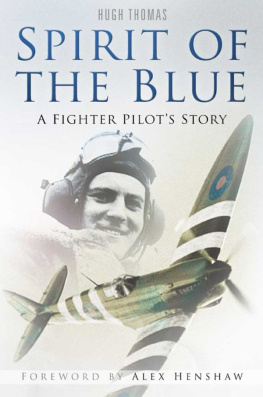

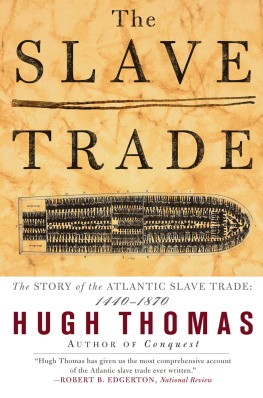

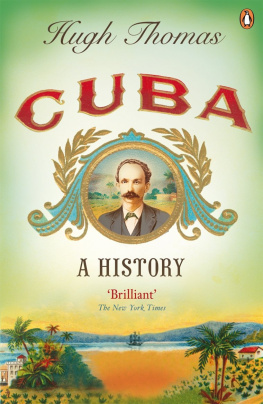

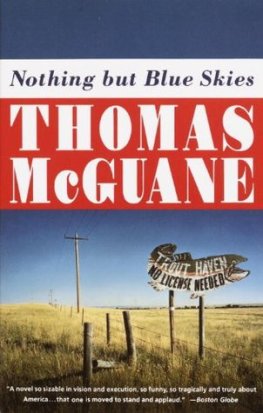

![Robert Hugh Benson [Benson - Robert Hugh Benson Collection [11 Books]](/uploads/posts/book/139831/thumbs/robert-hugh-benson-benson-robert-hugh-benson.jpg)

